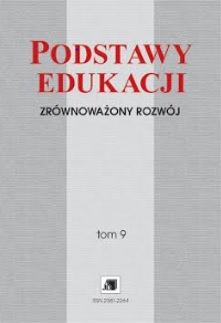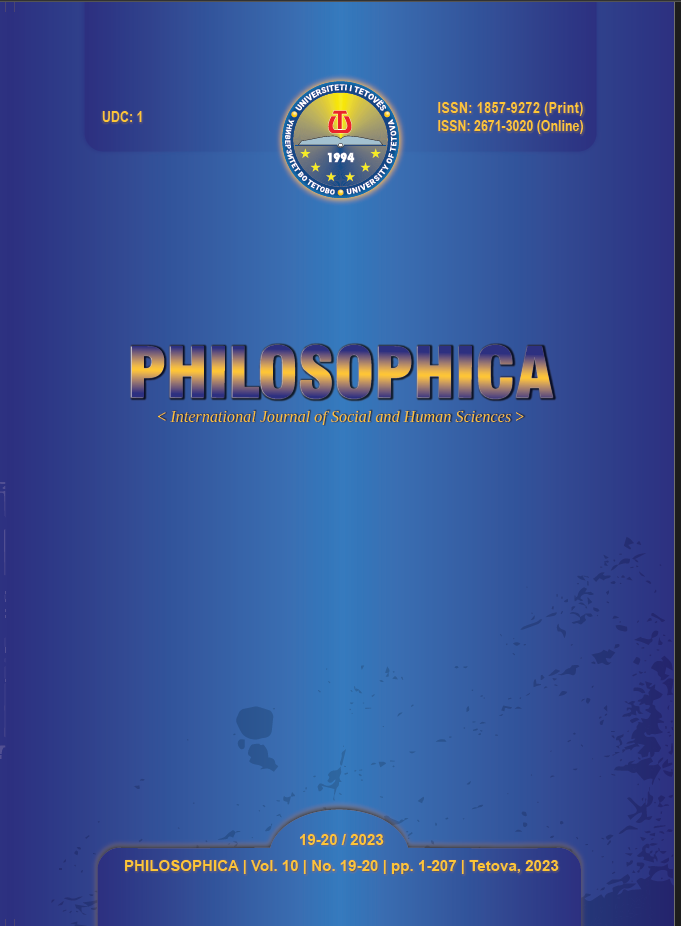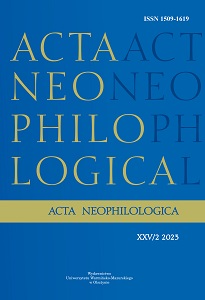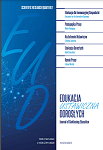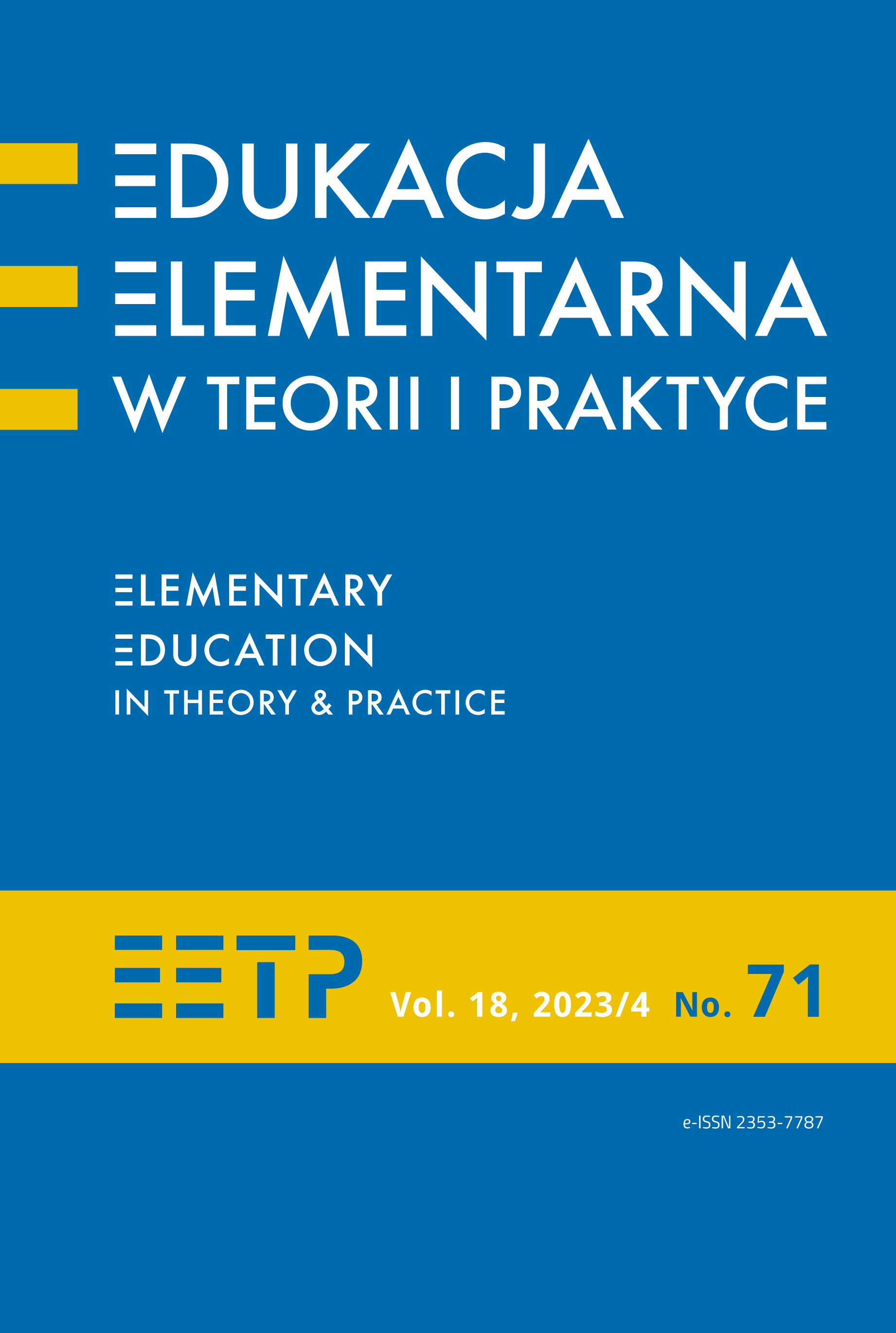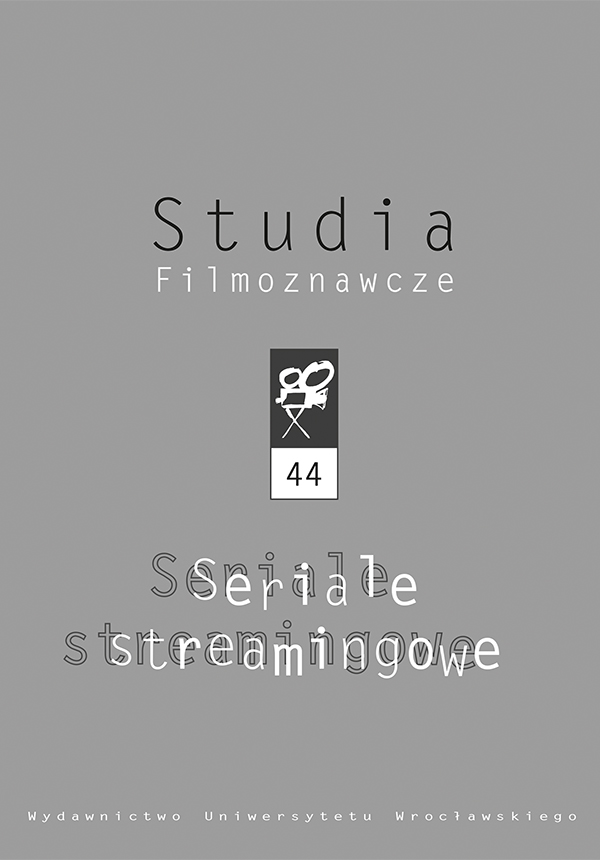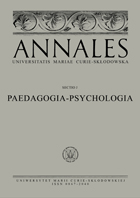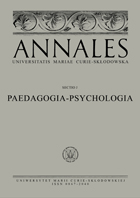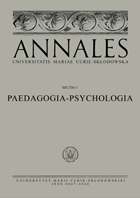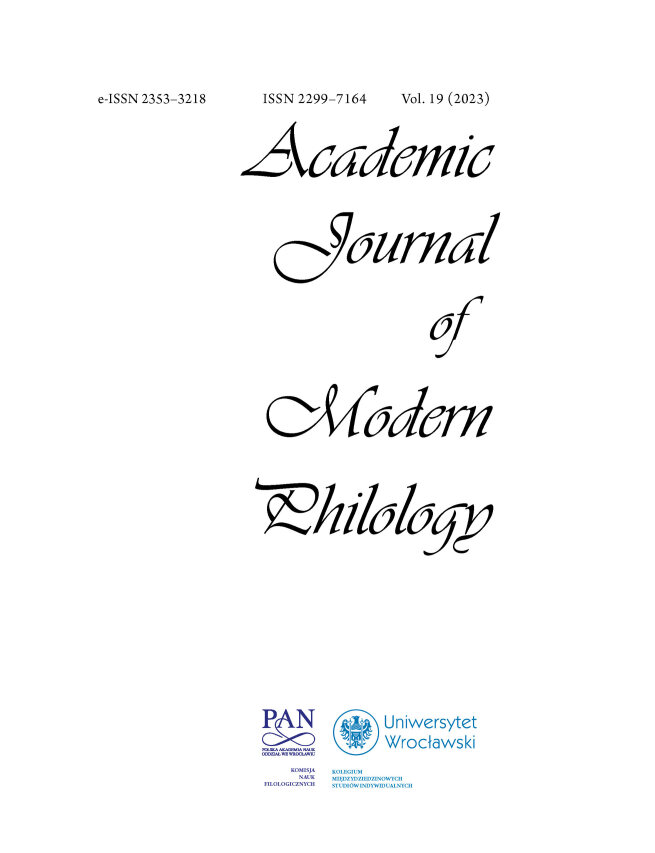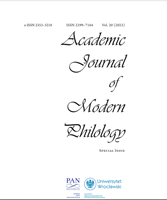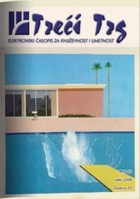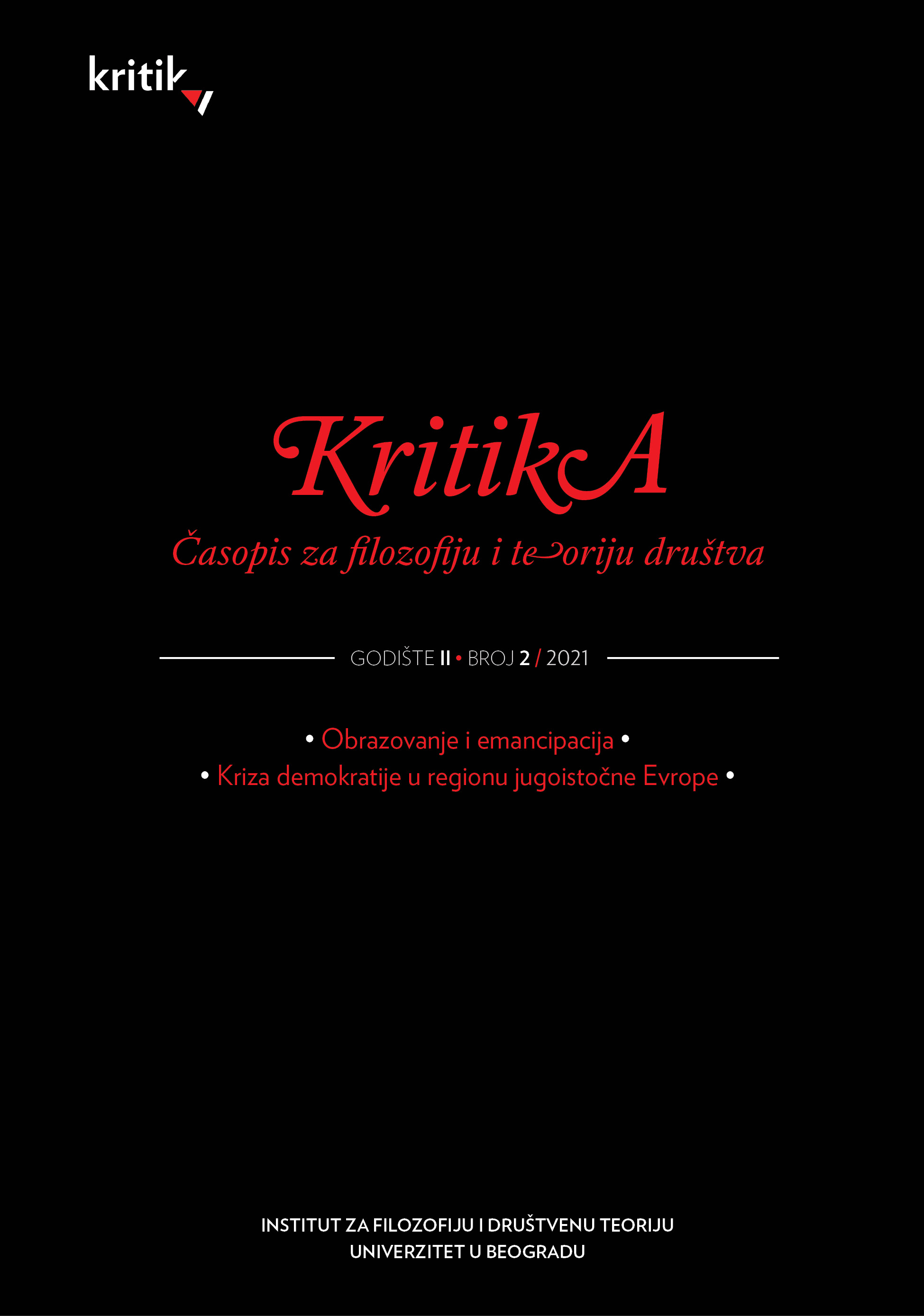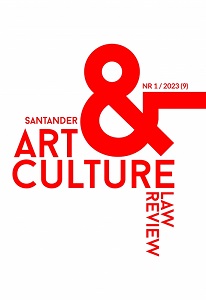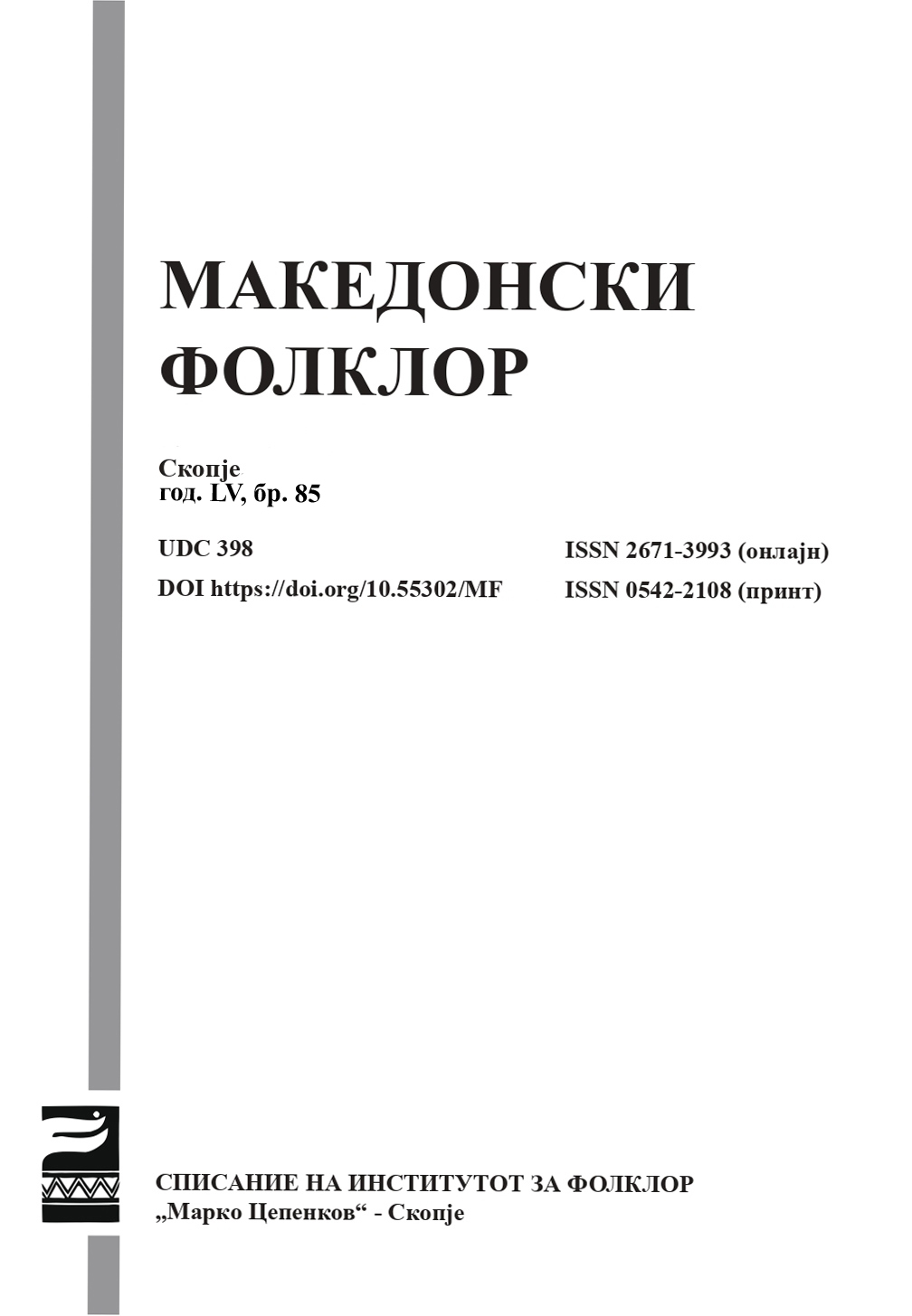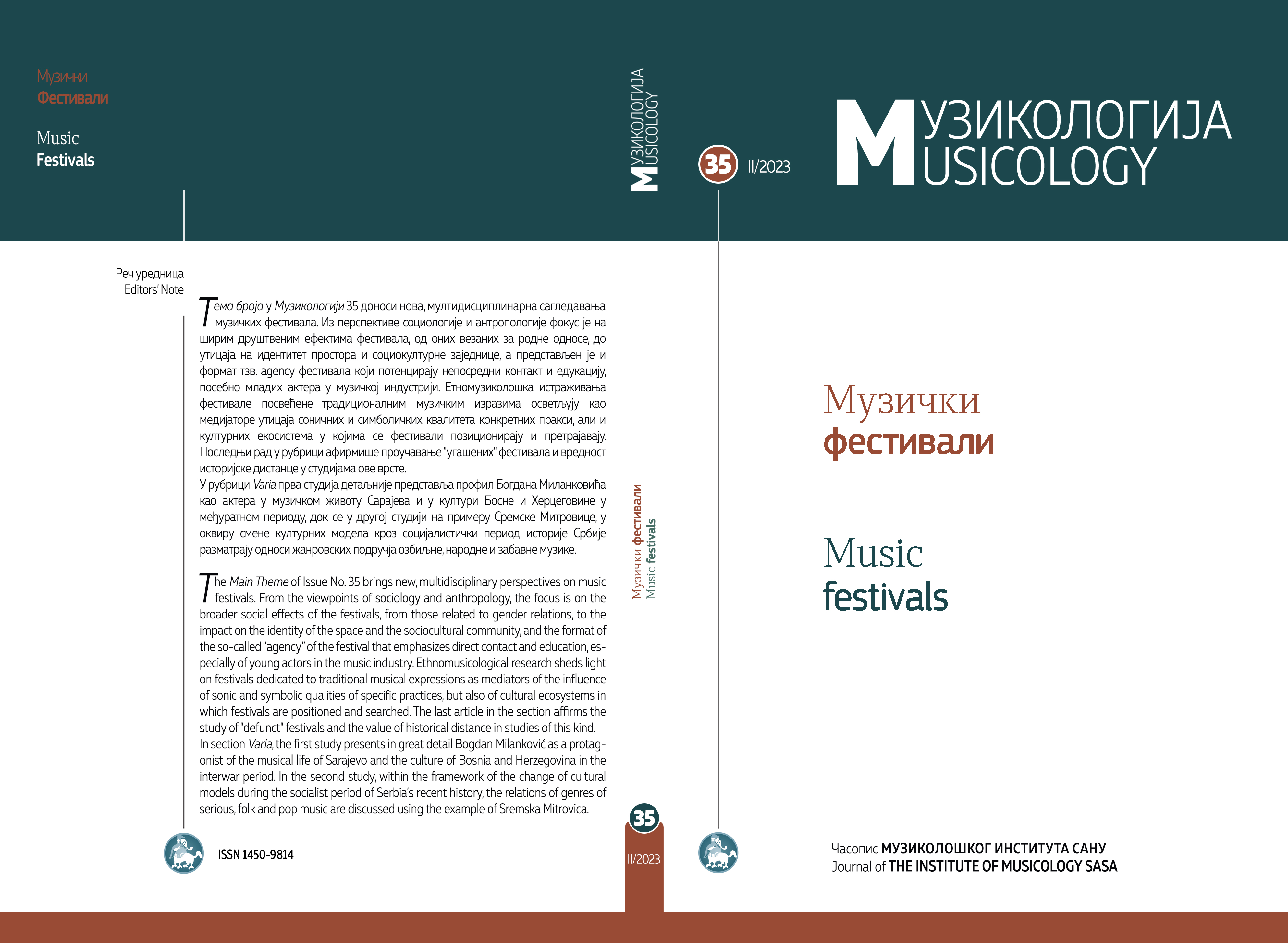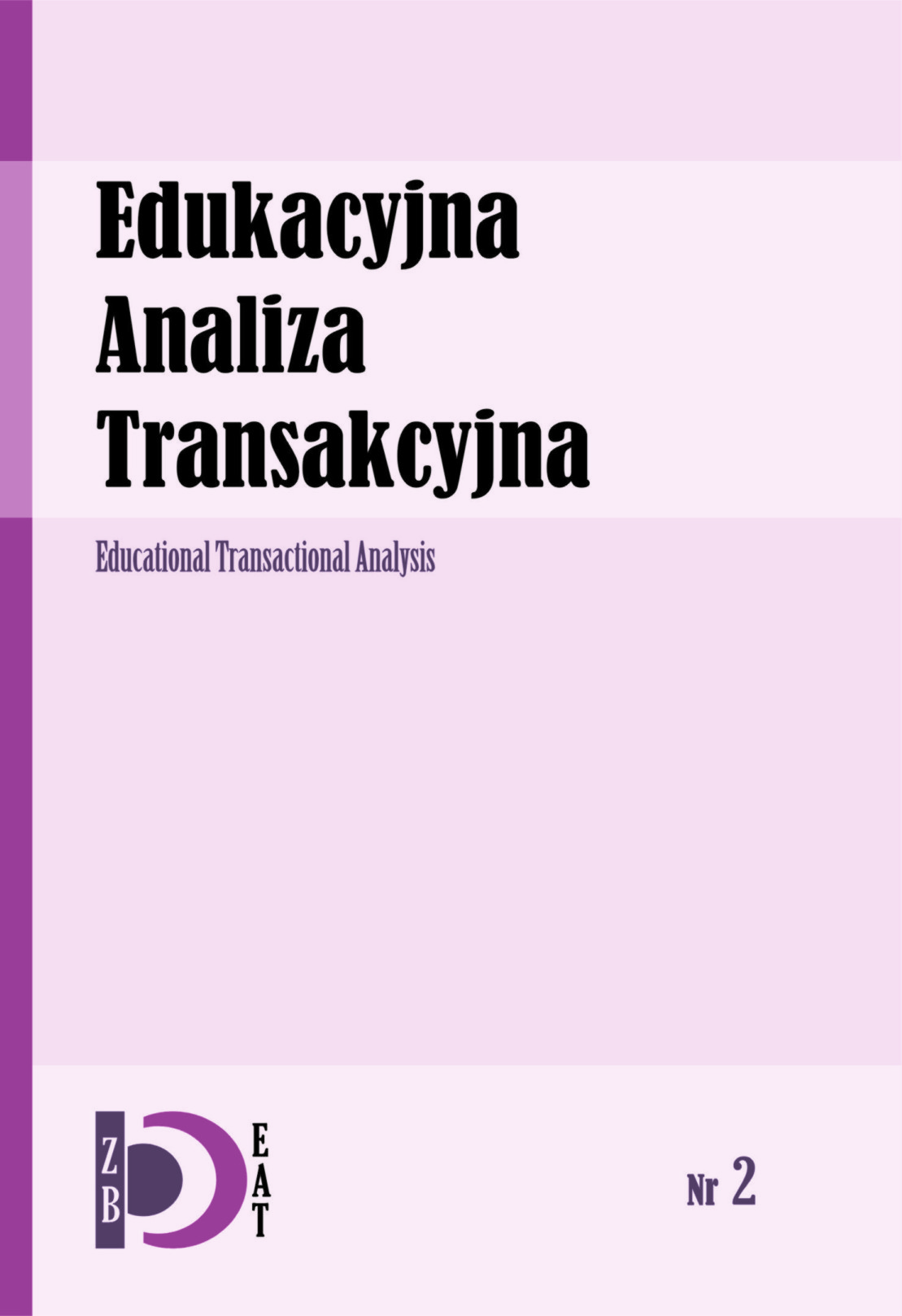
Struktura Ja–Dziecko w osobowości artystów muzyków
Transactional analysis (TA), together with other psychological and psychotherapeutic theories, offers the opportunity to explore human personality. The purpose of this article is to attempt to create a base which will help explain the functioning of the ego states in musicians’ personality. The text focuses mainly on the Child ego-state, which seems to occupy a central position in the structure of artists’ personality. Every artist ‘houses’ child’s elements connected with emotions that manifest themselves in their sensitivity to beauty. Being a musician is an inseparable struggle with emotions, balancing between joy and sadness, anger and disappointment and expressing the states through music. Spontaneous ideas, improvisation, intuitive play with sound, creative and innovative thinking are characteristic features of people working in this profession. Thanks to TA, we know that this ego state is not only the creation, creativity, sensitivity and intuitive operation, but also rebellion and desire to become a unique individual. The examples of artists’ impulsive, reckless or irresponsible behaviours are reported in the media on everyday basis. Therefore, as a result of these observations, it was hypothesized that musicians are mostly in the Child ego-state. The article is based on an unpublished master’s thesis “The Child ego-state in musicians’ personality” written by Justyna Rodasik at the Faculty of Pedagogy of the Jan Długosz University in Częstochowa. The study shows that musicians most often use the structure of Little Professor. The universality of transactional analysis allowed the author to use this theory and its tools in the analysis of such specific, difficult but interesting group as musicians.
More...
